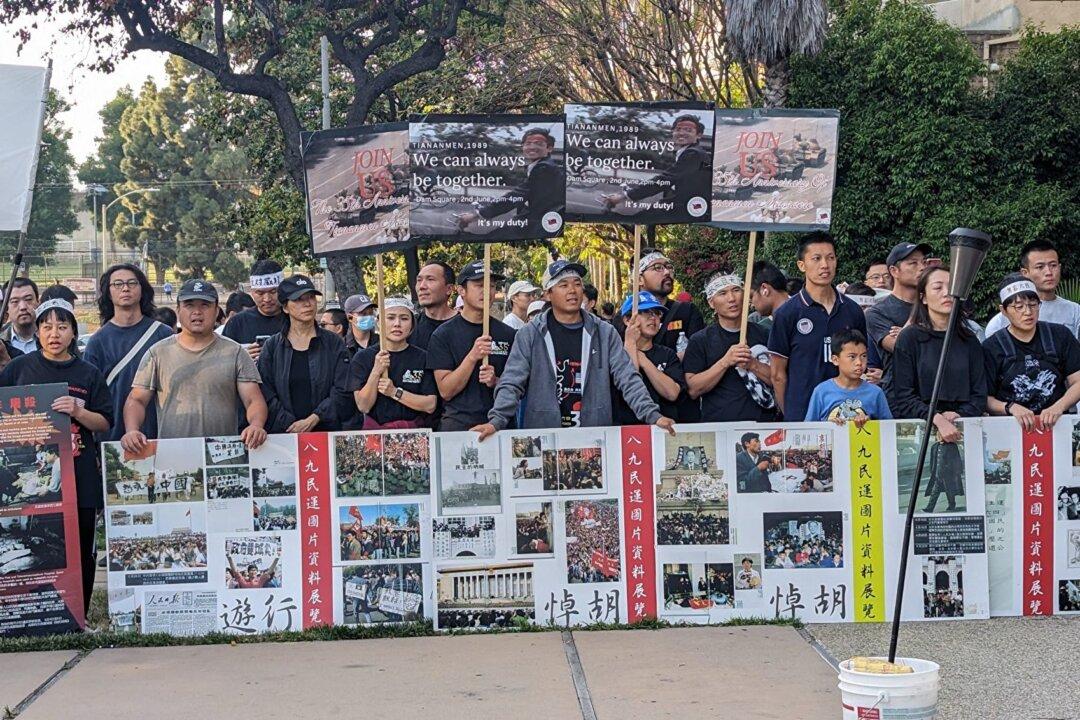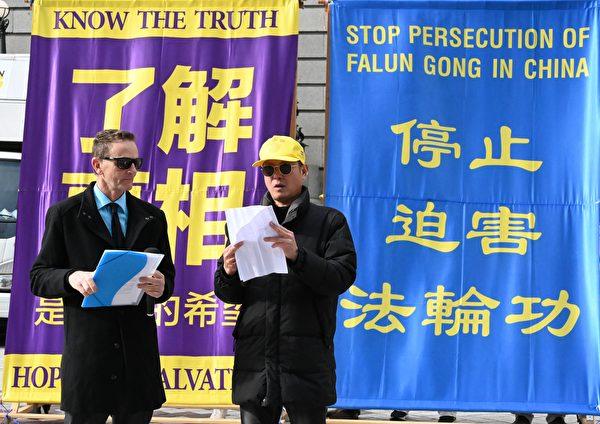Massive flood discharge from Beijing has been blamed for submerging Zhuozhou, a city bordering the capital Beijing in the southwest, as Typhoon Doksuri wreaked havoc in China’s northeastern coastal provinces.
The local weather bureau reported that the remnants of the typhoon brought 29 inches of rainwater—which normally fall in a whole year in Hebei Province—breaking Beijing’s 140-year rainfall record.
Chinese media reported that between Aug. 1 and Aug. 3, local officials vowed to safeguard the capital and Xiong’an New Area (Xiong’an) from the floodwaters.
Although the rain tapered off, authorities said the floodwaters could take up to a month to recede. Another 300 million to 400 million cubic meters of water is expected to flow across Zhuozhou as Beijing releases more floodwater downstream, state media reported on Aug. 3.
Zhuozhou: The Flood Storage Basin
Zhuozhou, situated in the flat land where multiple rivers run through, serves as one of the flood storage basins in the Chinese regime’s flood control project in the Hai River basin.The Hai River basin covers Beijing, Tianjin, and at least seven other provinces, including Hebei.
To relieve heavy rainfalls in Beijing, the authorities claimed to have put seven flood storage basins into effect, and Zhuozhou was one of them.
One Chinese netizen wrote in a post: “I didn’t know we were at the Yongding river floodplain,” referring to the impact of the flood discharge from Beijing.
Yongding River runs along the east side of Zhuozhou.
The Yongding River floodplain is one of the 28 national flood storage basins in the Hai River basin. It is located in the middle and lower reaches of the Yongding River, with a flood storage capacity of about 400 million cubic meters, according to Chinese media.
Xiongan in the south of Zhuozhou is one such area that benefited from dumping floodwaters in Zhuozhou.
Discharging the floodwater in Zhuozhou would protect Beijing, Tianjin, and Xiongan, which sits on an even lower plain, from the damaging floods, according to Chinese hydrologist Wang Weiluo.
Mr. Wang told The Epoch Times that other surrounding areas also suffered damages from the flood discharge due to the regime’s ineffective water control and drainage systems, but state media concealed the incident.

Ordinary Citizens Not a Priority
Under the Chinese Communist Party’s (CCP) flood control system, the ordinary citizens’ well-being is not a priority, said Mr. Wang. “It’s the unspoken rule of the CCP.”He said the flood control in the Hai River basin protects Tianjin but not the city’s outskirts.
He said there are golf courses along the Yongding River in Beijing, which could take up a lot of floodwaters and are easier and more affordable to replace if damaged, but instead, the regime prioritizes the urban areas of Beijing because the elites live there.
Chinese state media reported that Zhuozhou authorities dispatched 8,755 rescue workers, and more rescue teams were deployed from neighboring Henan and Shanxi provinces.
“The township official seal stamp was already gone with the water,” a local resident told Chinese media, indicating that many villagers were stuck in the floodwaters, but the rescue teams demanded an official application to leave the province.
Stranded locals in Zhuouzhou called out for help on social media.

Flood Victims ‘Help Themselves’
Mr. Liu (pseudonym), a volunteer rescue worker from the outskirts of Zhuozhou, told The Epoch Times about the experience of his rescue team at the lower Niantou Village on the morning of Aug. 1.According to the local villagers, there are about 5,000 residents in the village, he said.
“The water level rose another 11 inches after the flood discharge in the morning,” he said of the water level in some areas, which was above 6.5 feet at the time.
He joined a team of around 20 people, and they faced obstacles during the rescue effort. “There’s no one leading the group. Our rubber rafts didn’t work because there were areas with strong undercurrents.”
Certain areas in the village were inundated with almost 19 feet of water. “The water has reached the roof of the houses,” said Mr. Liu.
He said many villagers were on their rooftops calling out for help while electric poles were down, and the power was out.
“We rescued around 20 people, but that’s about it. We could only relocate most of them to the neighboring buildings. We told them to help themselves and use empty bottles as a floating device when needed,” he said.
Mr. Liu tried contacting the authorities for help. He called three official lines of the Zhuozhou government, but no one responded.
He also tried the local police line 110, and someone on duty told him, “Thank you very much, but nothing can be done,” according to Mr. Liu.
He saw a boat from the local government passing by, but it didn’t stop to help. “I don’t understand what they were doing; I wanted to curse them. We did not have any water or food for the entire day. We didn’t even get gas from them. We are from out of town. One of our boats broke down; now we have to save ourselves. There’s nothing more we can do for those villagers,” he said.
Some areas in the village were dry when he arrived in the morning, but they were flooded by the evening. “We had to leave; it was getting dark. Seven of us were trapped in the village because a boat broke down. The strong undercurrent stopped us from leaving,” Mr. Liu said.
“Zhuozhou is seriously hurt; I have received many calls asking for help,” he said.
Mr. Liu said that they had done their best. “We have not seen any relief or rescue workers from the government,” he claimed.
According to Chinese media, at least 20 people have died, and more than one-sixth of the Zhuozhou residents have been evacuated as of Aug. 3.




